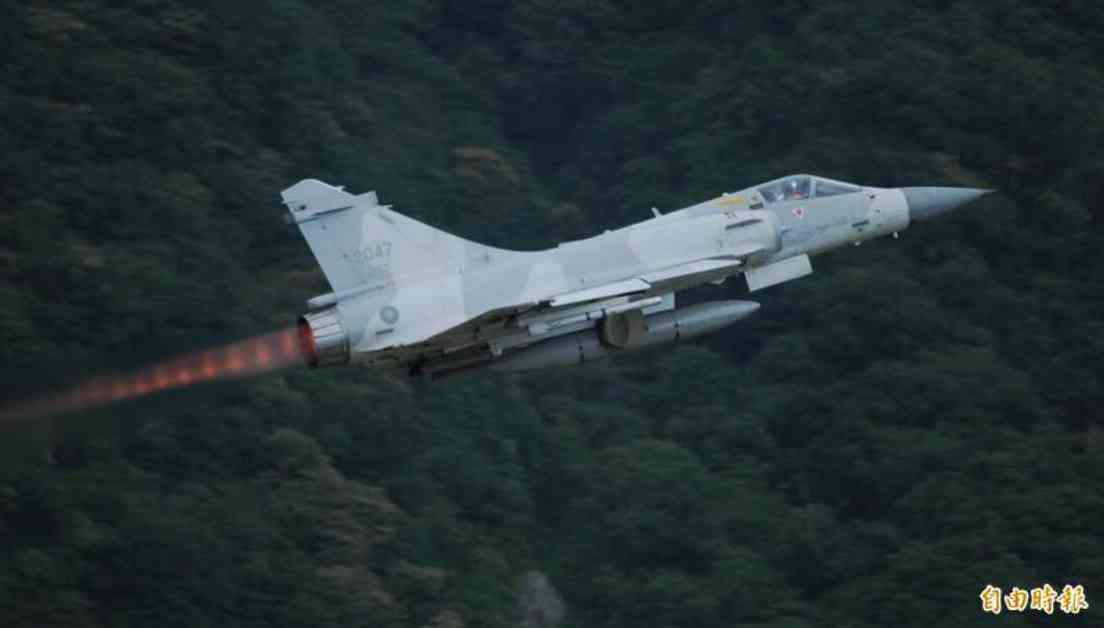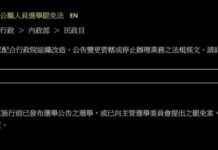Military Pilot Successfully Ejects from Crashing Aircraft, Defense Ministry Faces Rescue Challenges
A military pilot’s harrowing experience unfolded at the Hsinchu Air Force Base during a routine nighttime training session. Captain Xie Peixun took off at 8:05 p.m. in his Mirage fighter jet but encountered a loss of power at 8:35 p.m., forcing him to eject over the waters off Hsinchu. The Defense Ministry swiftly initiated a search and rescue operation, locating the conscious Captain Xie Peixun around 10 p.m. However, the rescue mission faced unexpected hurdles, drawing the nation’s attention to the pilot’s safety. Let’s delve into the details of this dramatic incident and the challenges encountered during the rescue efforts.
### The Training Flight Turned Emergency
Captain Xie Peixun, a member of the Air Force’s 2nd Squadron, was piloting a Mirage 2000 aircraft (single-seater, serial number 2047) with a total flight time of 710 hours. As part of a routine nighttime training exercise, he took off from the Hsinchu Air Base, only to experience a sudden loss of power during the return journey at 8:35 p.m. Without hesitation, he activated his ejection seat and safely parachuted into the waters near Houlong, Miaoli. The aircraft crashed into the sea, marking the beginning of a complex rescue operation by the Defense Ministry.
### The Rescue Operation’s Challenges
Following the aircraft’s crash, the Defense Ministry sprang into action to locate and retrieve Captain Xie Peixun. By approximately 10:20 p.m., search teams identified the pilot’s whereabouts. However, the subsequent rescue process encountered unforeseen complications that prolonged the mission. Initially, a 35-ton patrol vessel, the PP3580, was tasked with transporting Captain Xie Peixun back to the South Liao Fishing Port. Unfortunately, due to low tide conditions, the vessel was unable to dock, necessitating an alternative plan.
### Rescue Strategies and Adaptations
As the setback with the patrol vessel unfolded, the rescue team quickly devised alternative strategies to ensure Captain Xie Peixun’s safe return to the base for medical evaluation. A helicopter was mobilized to airlift the pilot, but the narrow deck of the 35-ton vessel posed challenges for the successful transfer. Consequently, a decision was made to transfer Captain Xie Peixun to a larger 100-ton vessel for a smoother evacuation process. The final destination was set for Taichung, with an estimated arrival time at the Wuchi Comprehensive Hospital around 1 a.m. Despite the logistical hurdles, the Defense Ministry’s rescue mission demonstrated agility and adaptability in the face of adversity.
### The Pilot’s Well-Being and Recovery
Throughout the ordeal, Captain Xie Peixun’s well-being remained a top priority for the rescue teams and medical personnel involved in the operation. With his conscious state confirmed upon retrieval, the focus shifted to providing him with the necessary medical attention and observation at the Wuchi Comprehensive Hospital in Taichung. The pilot’s resilience and the swift response of the rescue teams played a crucial role in ensuring his safe return and prompt medical care, underscoring the importance of preparedness and coordination in emergency situations.
In conclusion, the successful ejection and rescue of Captain Xie Peixun from a crashing aircraft exemplify the dedication and expertise of military personnel in handling challenging scenarios. The Defense Ministry’s swift response and adaptive strategies in the face of unexpected obstacles highlight the importance of readiness and coordination in safeguarding the well-being of service members. This incident serves as a reminder of the inherent risks associated with high-stakes training missions and the critical role of rescue operations in mitigating potential dangers. As Captain Xie Peixun embarks on his recovery journey, the nation stands united in support and gratitude for his courage and the efforts of all involved in his safe return.












